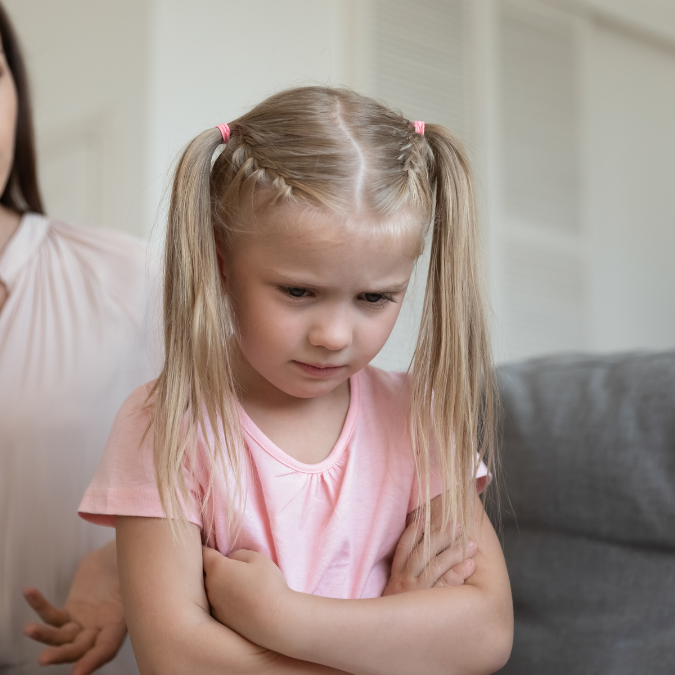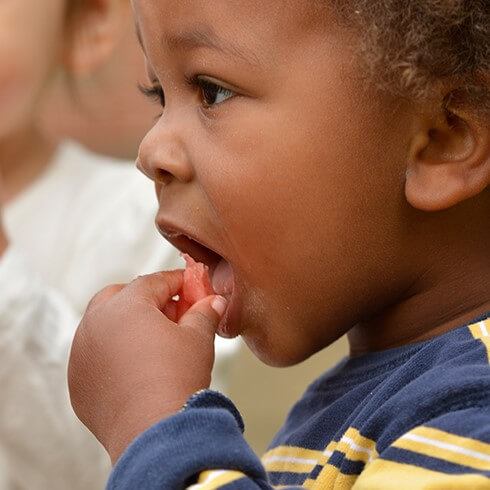Calming spaces in early childhood environments are widespread but creating them with intentionality and teaching children how to use them can be big tasks. When we see disruptive behavior as a sign of a dysregulated child, and provide the tools for that child to re-regulate, we are setting them up for lifelong success as they grow to become people with strong self-regulation and impulse control skills.
These two handouts provide opportunities for you to reflect on how adults use their sensory systems to self-regulate and how to use that information to create calming spaces to support children’s social-emotional development.



